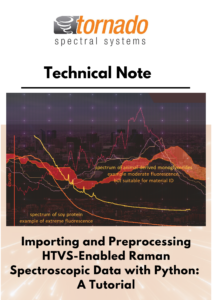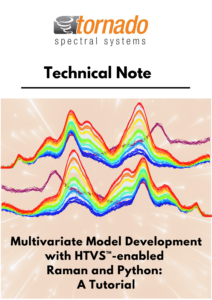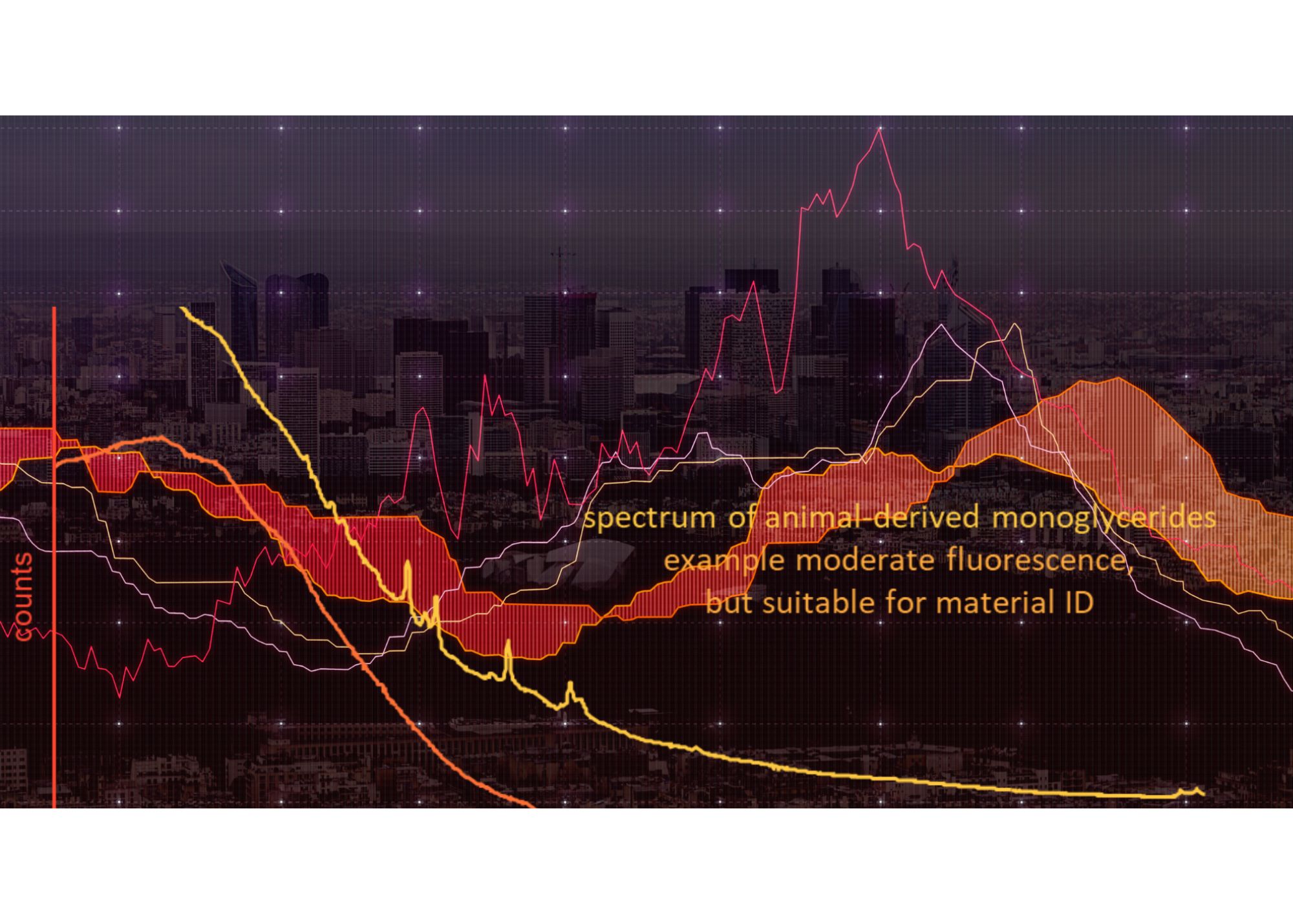How to Leverage Python to Maximize Raman Spectroscopy
We have two technical notes on Raman and Python tailored for scientists and engineers well-versed in both Python and Raman spectroscopy within academic settings or diverse industrial domains. These resources are crafted to meet the specific needs of professionals possessing a foundational understanding of these realms. Whether you operate in the academic sphere or diverse industrial sectors, the content is curated to resonate with individuals who have a background in Python programming and practical experience in the intricacies of Raman spectroscopy.
? ???? ???? 1:
Importing and Preprocessing HTVS-enabled Raman Spectroscopic Data with Python
Focus Area: Explores Python for data analysis and visualization with Tornado spectrometers.
? ???? ???? 2:
Multivariate Model Development with HTVS-enabled Raman and Python
Focus Area: Enhances expertise in leveraging PLS modeling for superior data analysis results.
7 Key Points of Interest Explored in These Technical Notes
1. Navigate the Practical Dimensions of Data Importation: Uncover guidelines, techniques, and best practices to seamlessly import galactic spc data files from the HTVS-enabled Tornado spectrometers into Python, ensuring a smooth transition for analytical exploration and processing within Python.
2. Enhance the Communicative Impact of Your Data through the Utilization of Matplotlib and Similar Libraries: How to utilize libraries such as Matplotlib to create visually compelling plots, charts, and spectra representations, taking advantage of the improved signal-to-noise ratio (SNR) offered by the Tornado spectrometers and gain actionable insights from Raman spectroscopic data obtained
3. Master Standard Pre-processing Techniques: Learn how to implement standard pre-processing techniques for baseline correction, spectral smoothing, noise reduction, and other essential pre-processing steps. Explore these essential procedures for enhancing data quality with practical strategies for executing these crucial pre-processing steps effectively in your data analysis endeavors.
4. Practical Implementation of Pre-processing Techniques with NumPy and SciP: This comprehensive guide not only delves into the theoretical underpinnings of essential pre-processing techniques but also offers a hands-on learning experience through practical examples and code snippets. In this exploration, we leverage the power of prominent libraries like NumPy and SciPy, providing you with clear and executable demonstrations of these techniques in action. Through the insightful integration of examples and code snippets, this resource ensures that you not only grasp the theoretical concepts but also gain the practical skills necessary to seamlessly implement these techniques in your own data analysis projects.
5. Tailored Solutions for Optimizing Tornado’s Raman Spectrometers: Learn techniques for PLS modelling using Python, tailored specifically to the capabilities of Tornado Spectral System’s Raman spectrometers.
6. Unveiling the Depths of Raman Spectroscopy: This will guide you in extracting profound insights and enhancing experiment accuracy. Through these technical notes, delve into strategies and methodologies to uncover meaningful information, elevating the precision of your Raman spectroscopy experiments for more informed and reliable results.
7. Delving Deeper for Optimal Performance: Gain insights into model calibration, cross-validation techniques, and optimization strategies to achieve optimal performance and generalizability.


WEBINAR
In a 2-part webinar series, we explore how to leverage Python for data analysis and visualization as well as Multivariate Model Development.
The webinars include accompanying files which include Glucose data text, Tornado Python demo, MVDA Tornado Raman code text, and Python Tornado MVDA respectively. These resources are available upon request of the webinars.



